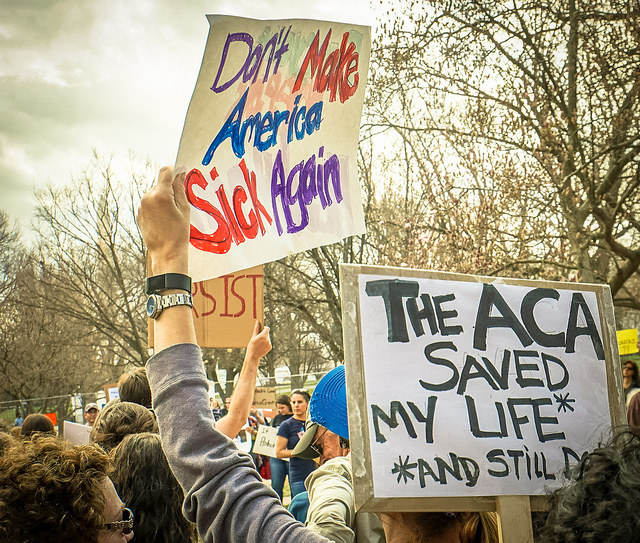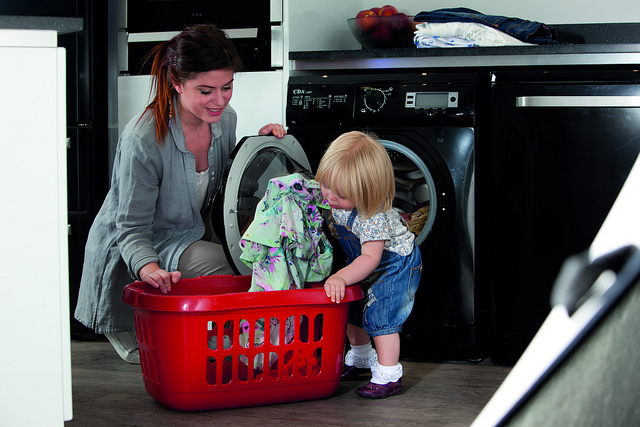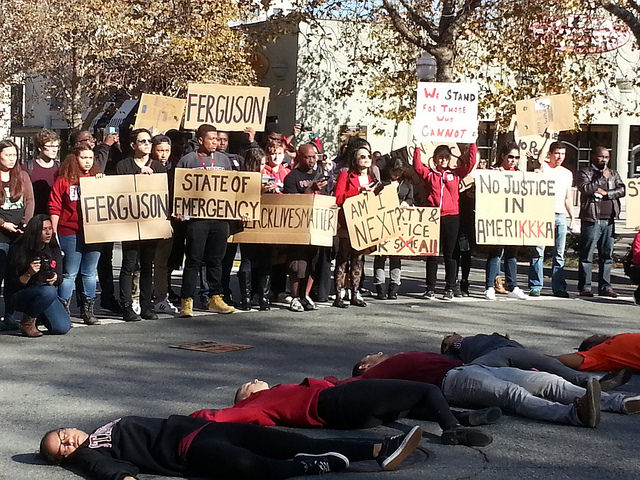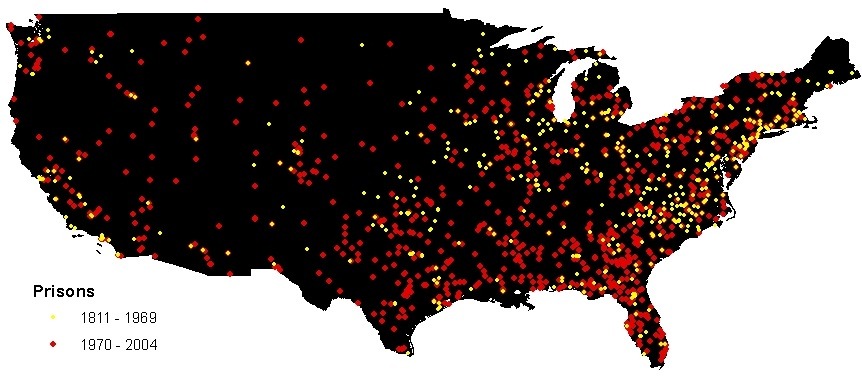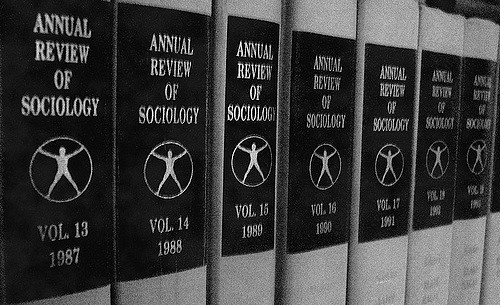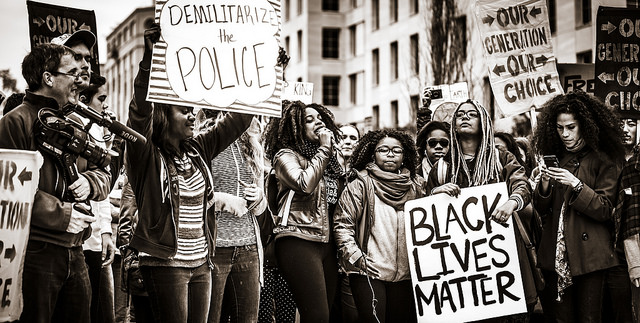
A few weeks ago, Pepsi released an advertisement with Kendall Jenner wherein the young celebrity takes a stroll through a crowded protest, sodas in hand. The commercial received a lot of criticism and was taken off the air almost immediately. In an article in The Ubyssey, University of British Columbia sociologist Rimal Wilkes describes some of the issues with the commercial, particularly how it misrepresents the nature of protests.
To begin with, the commercial sports a diverse set of protesters, but that makes it difficult to imagine what exactly they’re protesting — Racial inequality? Environmental issues? Furthermore, the crowd in the ad looks like people who are quite privileged, which goes against what protest is about. As Wilkes explains, Kendall Jenner—as a famous fashion persona—is unlikely to share in the same risks or dangers associated with protesting or the issues which drive it. Wilkes explains,
“It’s too overtly politically correct. The diversity doesn’t look right … This ad is about protest as a way of expressing coolness. Those aren’t the people we should be celebrating. We should celebrate the people who are putting in so much work and whose lives are on the line.”
Further, an advertisement like Pepsi’s glorifies a pro-capitalist corporation and ethos, which also goes against most protest and resistance mentalities. Wilkes argues,
“I can’t think of too many [protest] movements that are pro-capitalist. Real young people in a real protest simply wouldn’t rally around a product like the way they do in this ad. Pepsi’s goal, then, is about branding. They want you to think, ‘I’m like these people! I’m young and good looking and cool!’ … This kind of insidious branding is everywhere. This commercial is getting picked on, but there’s an element of randomness to that. This isn’t the first commercial to have problematic representation.”




